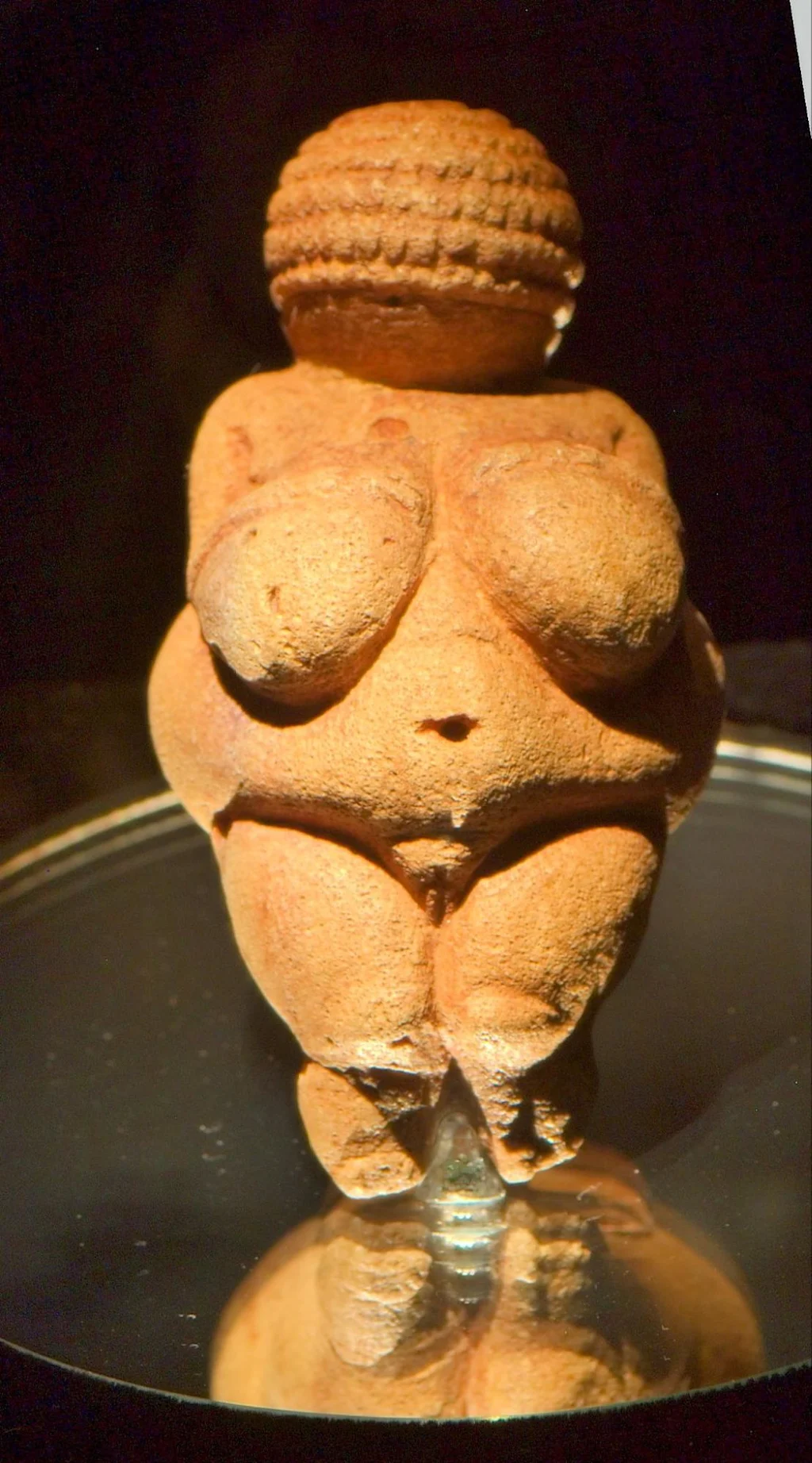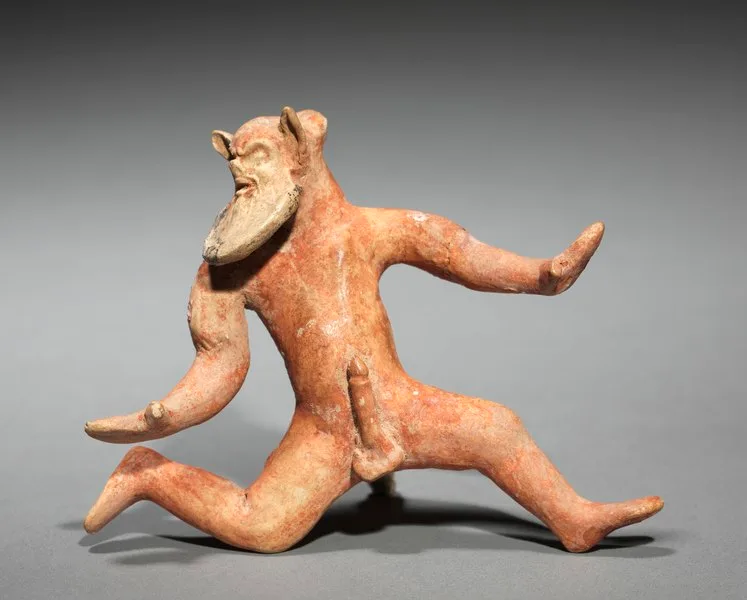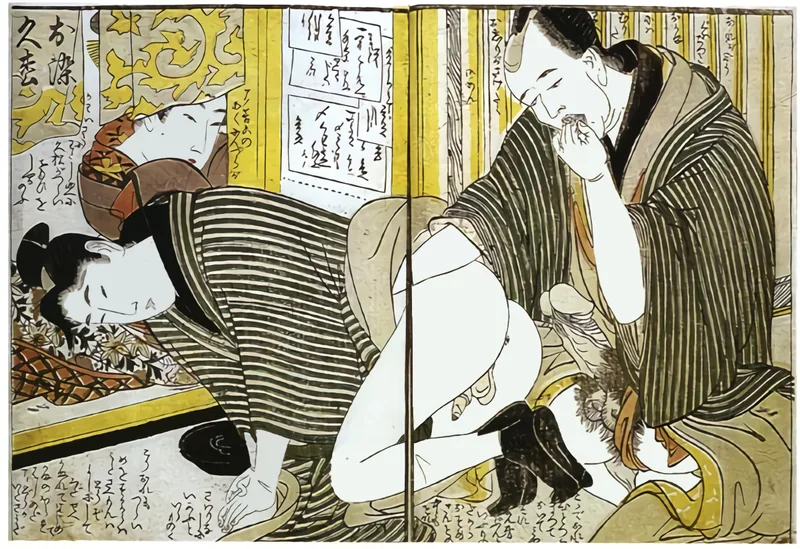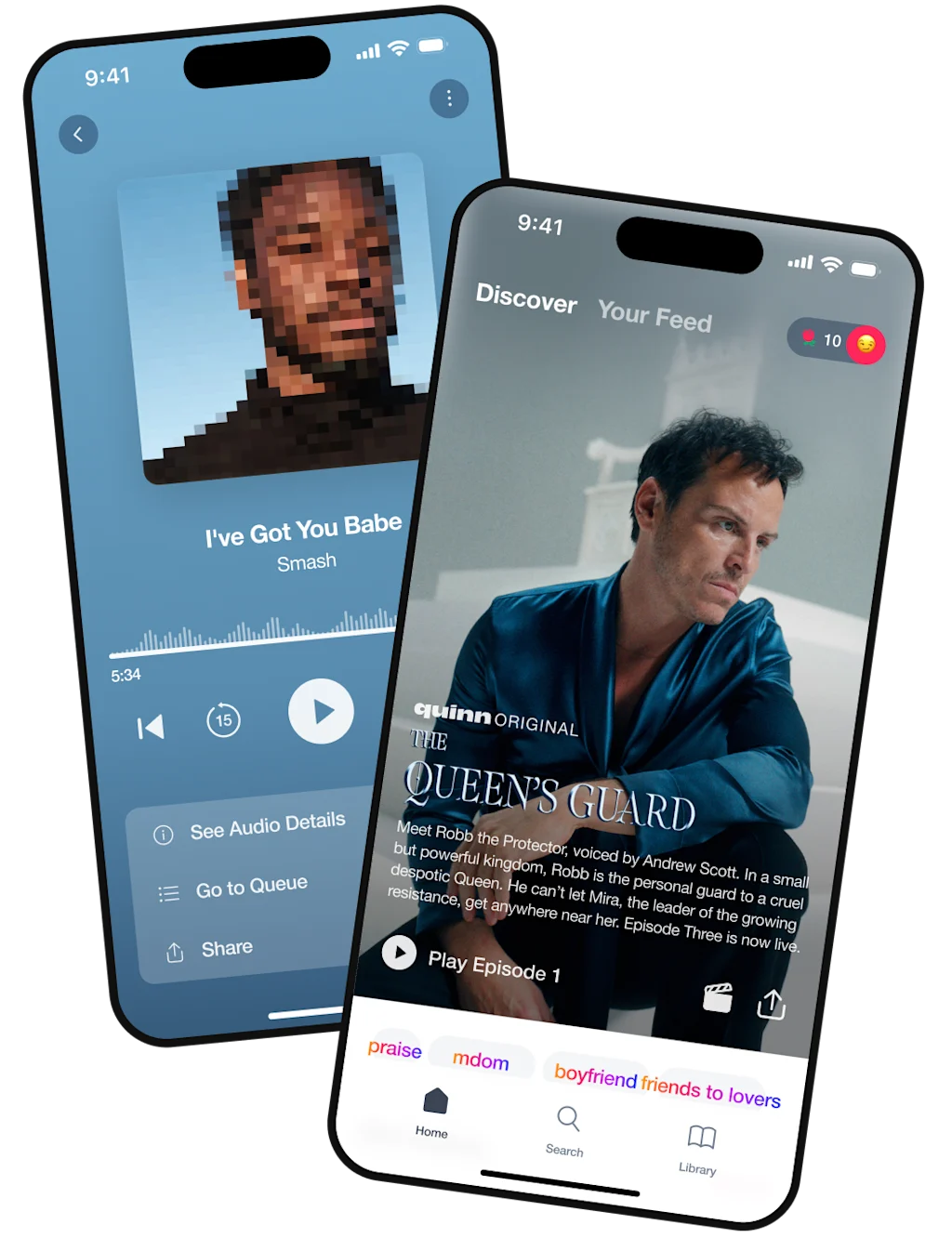
Culture
A Brief History of Erotica and the Role It Plays Today
Discover the colorful history of erotica from prehistoric times to the high-tech world of today.
By Quinn · November 4, 2023 · 6 min read
In this article
1. The origins of erotica2. Erotica’s evolution3. Modern-day erotica4. Experience the erotic with QuinnSign up
Get unlimited access to all audios. Cancel anytime.
If most of your historical knowledge comes from the six-pound textbooks you’d nap on in high school, you might assume things stayed pretty PG until the sexual revolution.
But erotica takes its name from Eros, the Greek god of love and lust, who first appeared in Hesiod’s epic poetry more than 2,500 years ago. And erotica’s history stretches back even farther than that — much, much farther.
While erotica spent many centuries in the shadows, it’s always been around, even when people were too ashamed to enjoy it openly. At Quinn, we’re all about celebrating the creative expression of sexual pleasure. Let’s take a jaunt back in time to see how this sensual art form became what it is today.
The origins of erotica
In 2007, on the limestone ceiling of a collapsed rock shelter in France’s Vézère Valley, archeologists discovered what radiocarbon dating would soon prove to be the earliest examples of wall art on record. More than 30,000 years before the ancient Greeks immortalized Eros on paper (or papyrus, to be precise), the reindeer hunters who sought shelter in the cave at Abri Castanet decorated the shelter’s ceiling with paintings and engravings of the things that mattered to them, like horses, weapons — and female genitalia.
You read that right: The world’s very first interior decorators worked erotica into their designs. And it didn’t stop there. Here’s a look at some of the most notable examples of ancient erotica.
The Venus of Willendorf
The now-famous naked statuette of a voluptuous woman discovered on the banks of Austria’s Danube River dates back roughly 25,000 years.
The Venus of Willendorf

Frontal view of a red-hued limestone statuette of a voluptuous woman with exaggerated breasts and genitalia.
Source: Wikimedia Commons
Atum
This quote from the Egyptian god Atum, who many believe created life through masturbation, makes the Egyptian creation myth one of the earliest examples of erotic literature: "I had union with my hand, and I embraced my shadow in a love embrace; I poured seed into my own mouth and I sent forth from myself issue in the form of the Gods Shu and Tefnut."
The Turin Erotic Papyrus
In ancient Egypt, erotic hieroglyphs depicting sex acts often decorated temples, tombs, and objects like pottery and amulets. And the ancient Egyptian scroll painting called the Turin Erotic Papyrus features 12 graphic illustrations of people engaged in intercourse.
The Satyr
In Greek mythology, the Satyr is a male nature god with a flowing mane, horse-like facial features, and the lower body of a human being. While modern renderings of the Satyr are family-friendly, the original erotic depictions of the creature included a permanent erection.
5th-century statuette of a dancing Satyr with erect penis

Frontal view of a red-hued statuette of a part-beast, part-human figure with an erect penis
Source: Wikimedia Commons
The “Kama Sutra”
In ancient India, Vatsyayana Mallanaga wrote the “Kama Sutra,” which many in the Western world incorrectly regard as nothing more than a manual for experimenting with sex positions. While the seven books that make up the “Kama Sutra” are often more philosophical than sexual, eroticism plays an undeniable role in the series’ global popularity.
Pompeii
Frescoes bearing erotic scenes decorated the walls of brothels and residences in Pompeii, the ancient Roman city frozen in time by the eruption of Mount Vesuvius in 79 A.D.
Books of Hours
Despite their supposedly pious purpose, the ornately decorated devotionals known as Books of Hours, hugely popular with medieval women, were often filled with sexually suggestive imagery.
Shunga
More than 1,000 years ago, an erotic art tradition called shunga emerged in Japan, which featured colorful images of lovers adorned with comically large genitalia. By the 17th century, woodblock prints made mass production possible, spreading the shamelessly graphic sexual images of shunga to a wide audience in both Japan and China.
“Client Lubricating a Male Prostitute” by 18th-century artist Kitagawa Utamaro

Shunga art depicting a half-naked man bending forward while an aroused man behind him licks his fingers.
Source: Wikimedia Commons
“I Modi”
During the Italian Renaissance, Marcantonio Raimondi and Giulio Romano collaborated to create the erotic book “I Modi,” which would become famous (and infamous) for the 16 detailed engravings of sex scenes featured within it.
Nine of the 16 erotic engravings from “I Modi”

Collage containing nine illustrations of Romanesque figures engaged in a variety of sex positions.
Source: Wikimedia Commons
Erotica’s evolution
What’s the difference between erotic art, erotica, and porn? The definitions can get a little murky, even among scholars. But here’s one way to look at it: Imagine a scale with “art” on one end and “sex” on the other. If you put sexual content on the scale and the needle inches closer to “art” than “sex,” it probably qualifies as erotic art. If the needle points closer to “sex,” you can likely label the content porn. And if it lands squarely between art and sex, this content is best described as erotica.
You could even describe the ancient erotica mentioned earlier as ancient pornography. The word “pornography” didn’t exist until the 1800s, when a society obsessed with propriety needed a label to differentiate art from the taboo sexual material they believed existed to corrupt women and others with “weak” sensibilities.
But the concept of pornography — and its censorship — existed long before the 19th century. For instance, British author John Cleland published “Fanny Hill,” originally titled “Memoirs of a Woman of Pleasure,” in 1749. Widely considered the first English pornographic novel, 18th-century censors in England and the U.S. did what they could to keep the book out of readers’ hands. And until 1957, France banned the works of the Marquis de Sade, the French libertine who wrote about shocking fetishes and sexual acts, the mildest of which were things like orgies and homosexuality.
By the turn of the 20th century, the prudishness of the Victorian era began to die down. New-world cities like New York began making their mark on erotic art. Women’s fashions were revealing more and more skin, movies like “The Broadway Melody” and “Morocco” hinted at a homoerotic attraction between the female characters, and a pinup model known as the First Lady of Erotica delighted World War I soldiers with full-frontal nudity.
While society’s appreciation for erotica has fluctuated since the turn of the last century, we’re much closer now to celebrating our bodies as people did in ancient times.
Modern-day erotica
From ancient limestone carvings to high-tech digital platforms, erotica often mirrors human evolution, cultural shifts, and personal explorations. Once shrouded in secrecy and shame, this art form has become a vibrant part of our culture and self-understanding. And by embracing it, we pay tribute to our history, our humanity, and the natural desire to seek pleasure and celebrate our bodies.
Fans of erotica have always been some of the earliest adopters of new technologies. It happened with the printing press, which brought pornography to the masses. And it’s happening now with tools like audio and video platforms, augmented reality, and artificial intelligence. Interactive and immersive experiences once considered science fiction fantasy are now expanding the meaning of erotic experiences.
We’ve also made strides with the ethics of erotica production and consumption. From ensuring consent in creation to supporting fair trade and diversity in representation, the erotic industry is becoming more conscious and responsible and placing a growing emphasis on inclusivity.
Experience the erotic with Quinn
Platforms like Quinn, the audio erotica app created by women for the world, play an important role in the history of erotica, making quality erotic content widely available for an audience that mainstream pornography often forgets. If you’re interested in exploring topics like BDSM, body-positive affirmations, and historical erotica, the wide range of content on Quinn is a great place to start.
To access thousands of audio stories and guided sessions, download the Quinn app for iOS or Android.
Sign up
Get unlimited access to all audios. Cancel anytime.
© 2025 Quinn, Inc. All Rights Reserved.




